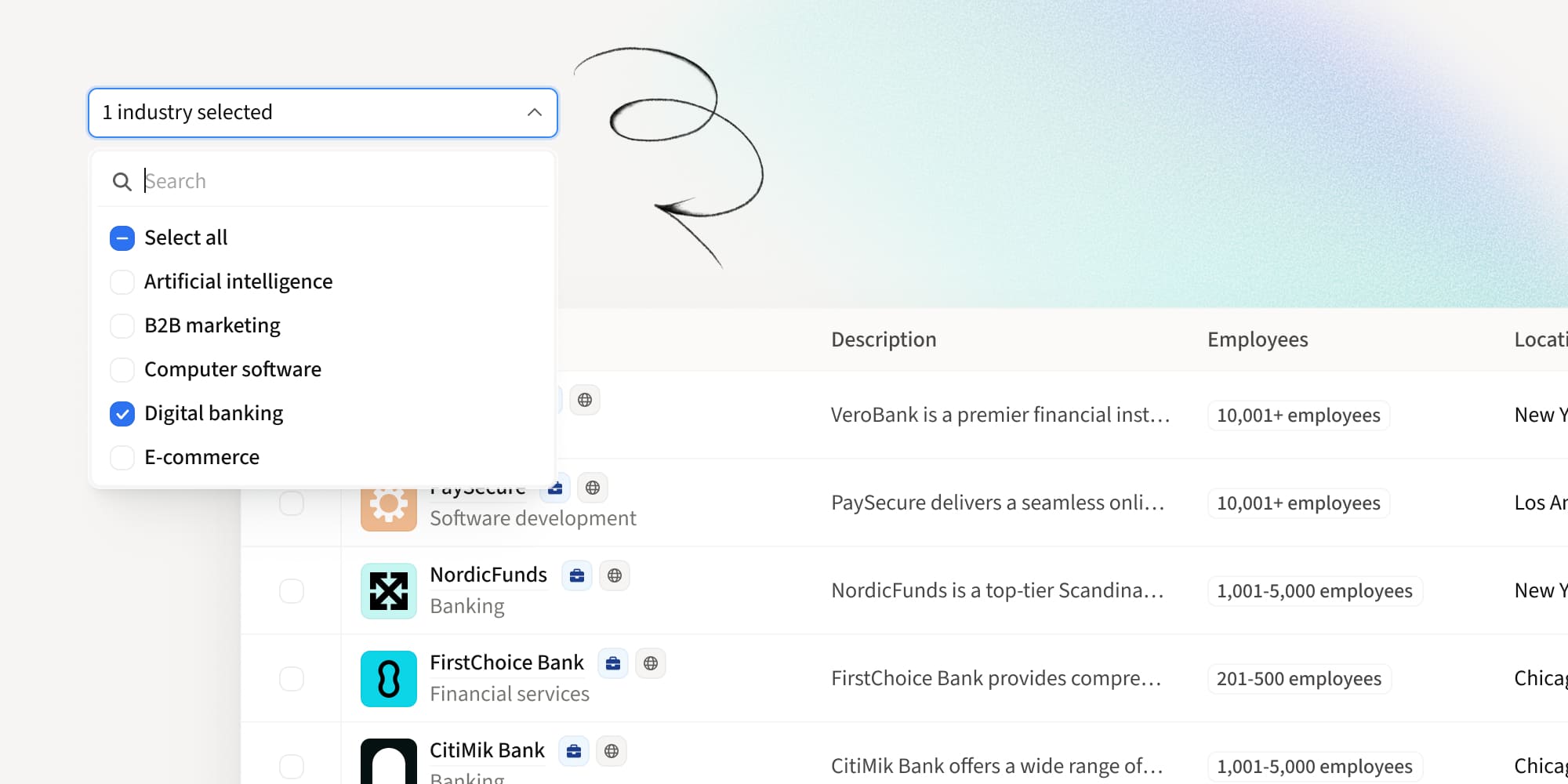Boosting B2B sales productivity with AI part 1: The AI story so far
•
August 31, 2023
.jpg)
This blog is part one of the transcript for our webinar: "4 Ways to Unlock B2B Seller Productivity with Amplemarket AI". You can view to full webinar here.
What exactly has happened in the recent AI boom? And why does this matter?
Is this just another flash-in-the-pan tech novelty?
And, of course, does it really matter for B2B sales?
The easy answers to these questions lie in what’s happened in the last 12 months, where the timeline for AI development drastically accelerated.
But to understand the real significance of what’s going on, it helps to look at the bigger picture. When we consider the long-term context of AI experimentation and iteration, what’s going on now (like our daily use of ChatGPT) becomes even more remarkable.
"Traditional" AI
If we go back a little over 10 years ago, the idea of sophisticated, independent artificial intelligence was still the stuff of sci-fi. What we had in the early 2010s were very performative, small machine-learning models that were fit only for very specific tasks.
Crucially, these models could not complete any tasks beyond what they were trained to cover.
For example, we could train a model to detect if a picture contains a dog or a cat, and it could be very good at this. But we couldn’t ask it to detect or identify giraffes, horses, hamsters…
It’s unsurprising that these models were deployed primarily for classification purposes - for taking inputs and categorizing them - and they were very successful at this. What followed was an explosion of small, hyper-focused models with increasingly specific and narrow functions.

The breakthrough
Fast forward to 2015: Google's research team publishes a ground-breaking paper that will turn out to have huge repercussions.
This piece of research unlocked the breakthrough in terms of scaling the training of larger and larger high-quality machine-learning models dedicated to language.
To be specific, the paper described algorithms that could endow artificial systems with “human-level control through deep reinforcement learning”. Where earlier artificial agents could only master individual disciplines (like classifying cats and dogs), the new models were designed to adapt “past experience to new situations”, and to complete more novel and varied tasks (like mastering Atari arcade games).
This breakthrough triggered a dramatic acceleration in AI research, culminating in the last two years. The generative AI boom (and in particular the GPT models - GPT-3, GPT-3.5, and GPT-4 that surfaced earlier this year) has seen rapid and unprecedented improvements in the capabilities of large language models; that is, models that have been trained on a large corpus of data and that are actually able to generalize.
Large language models (known as LLMs) now have the capacity to process language at a level far above previous tests, with average performance frequently exceeding human-level benchmarks.
AI in the present
In the past six months, we see that the platform layer for this type of technology, the infrastructure, (be that OpenAI, be that Anthropic or other platforms) has been consolidating.
These core models are becoming easier to use and more accessible, and that factor, put together with specific domains and verticals where companies have the right data, means more people are able to leverage these capabilities to produce really killer apps.
We’re seeing high-quality end-user experiences powered by Generative AI that are completely revolutionary when compared to what the tech - and our ways of working with it - looked like just a year ago.
A number of industries will be disrupted by this, and sales is no exception.
AI for sales
Whereas industries like healthcare or fintech might have higher barriers to disruption, sales as an industry is actually more permeable to innovation around messaging brought forward by Generative AI. This is why AI is so important right now in this space.
Industry analysts are already taking a closer look at the application of AI to sales. Gartner’s team of analysts looked specifically at how generative AI is impacting B2B sales; they consider the typical activities of a sales rep during their day-to-day today and extrapolate according to how the role might develop in the future:

The comparison between the present and future shows how the time spent on many of these activities - including non-selling tasks, admin, and support activities - could be reduced through generative AI automation. We’ve already seen some changes with classical AI approaches, but the extrapolation is that this pattern will extend further in ways we can’t yet conceive.
Another takeaway from the same analysts suggests that within 1-2 years over a third of CROs will start thinking about staffing Generative AI Ops as a specific team within their GTM organization - so integral will it be to business processes:

Whilst the details remain blurry, we can only look at this as a trend that will help us figure out how to attain and better leverage our extra bandwidth to generate more deals.
This is the landscape. This is the context for thinking about AI right now and its impact - present and future - into B2B sales.
This is why we can't overestimate its importance.
Future-proof your sales operations with the ultimate end-to-end AI solution
Step into the future of sales with Amplemarket's AI - sign up for a demo to see how you can unlock your business's real potential!
Subscribe to Amplemarket Blog
Sales tips, email resources, marketing content, and more.










